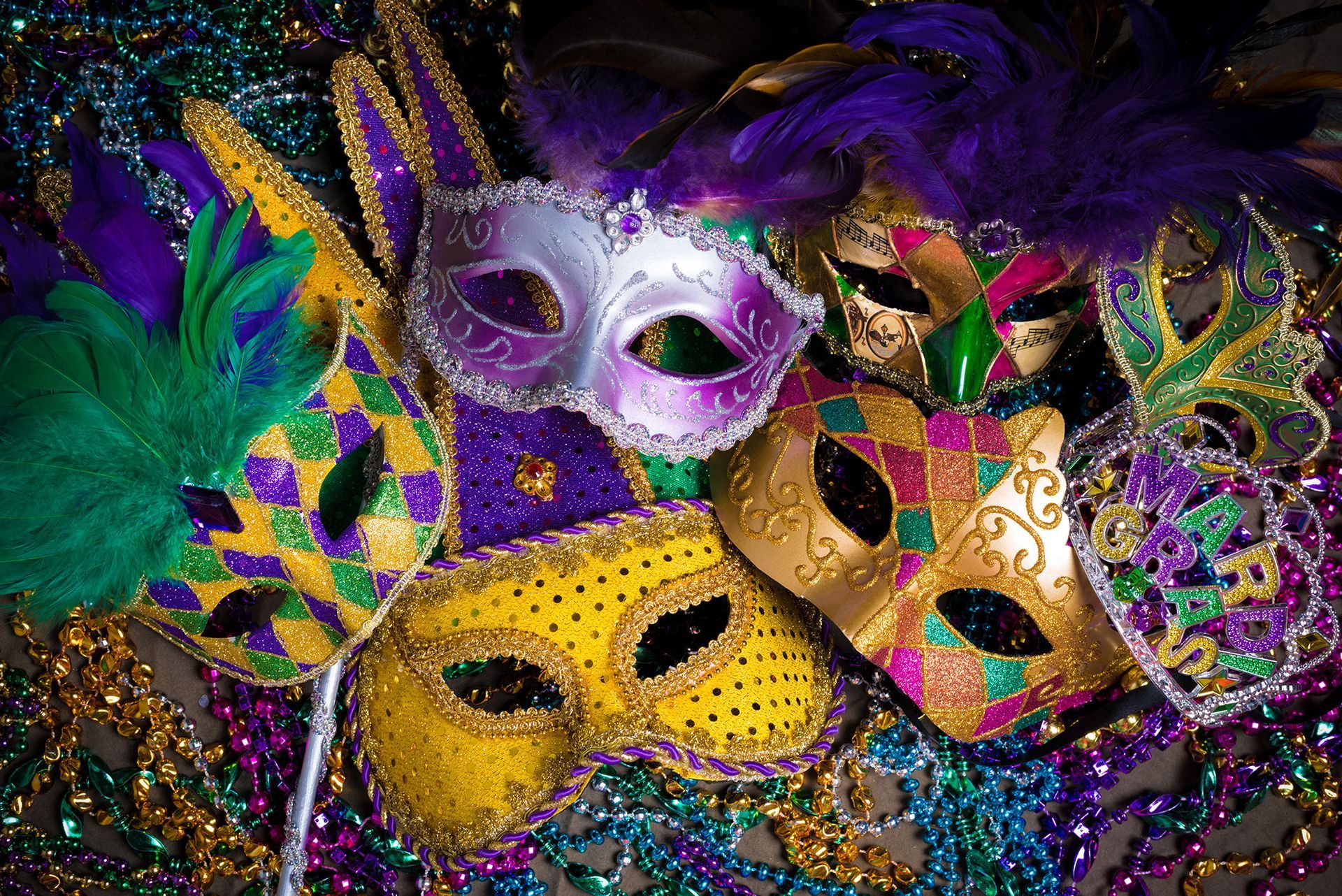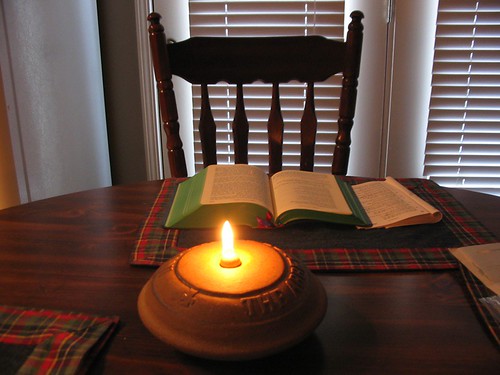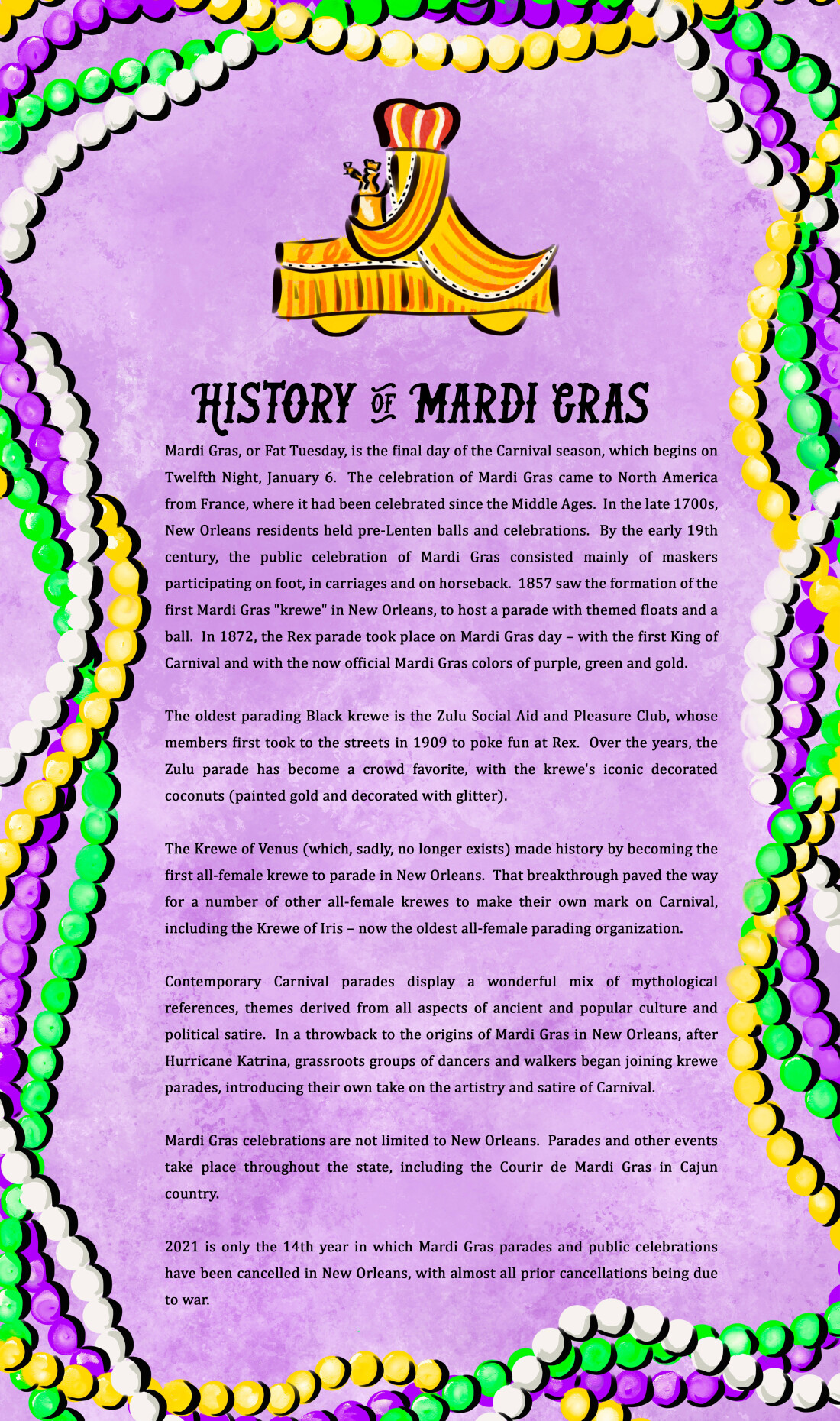Gallery
Photos from events, contest for the best costume, videos from master classes.
 |  |
 |  |
/cdn.vox-cdn.com/uploads/chorus_image/image/53730609/86342128.0.jpg) |  |
 |  |
 |  |
 |  |
The Truth About the Purple, Green, and Gold of Mardi Gras. Apparently, most of New Orleans is wrong about the origin of Mardi Gras colors. Yes, they’re purple, green and gold. And in 1892, the Rex parade theme "Symbolism of Colors" gave meaning to these colors. Purple Represents Justice. Green Represents Faith. Gold Represents Power. Learn how the colors of Mardi Gras – purple, green, and gold – came from heraldry and symbolize justice, faith, and power. Discover the origins and history of these colors and their role in the carnival of New Orleans. Mardi Gras, the vibrant and joyous celebration preceding Lent, is a kaleidoscope of color, music, and revelry. From the dazzling costumes to the elaborate floats, the festival is a feast for the senses. But have you ever stopped to consider the meaning behind the iconic Mardi Gras colors? The Meaning Behind the Colors. The three official colors of Mardi Gras each have their own significance: Purple represents justice. Green represents faith. Gold represents power. There are a few different theories about the exact origins of how these colors came to represent Mardi Gras. Here are some of the most popular explanations: If you want to unearth the history and origins of Mardi Gras, the iconic Mardi Gras colors are a good place to start. The Meaning Behind 32 LGBTQ Flags for Pride Month and Beyond. The Origins of Mardi Gras Colors. The history of Mardi Gras colors dates back to the 17th century, when the French and Spanish monarchies ruled over the Americas. During this time, the colors of the French and Spanish royal families became synonymous with the Mardi Gras celebrations. The French monarchy, in particular, played a significant role The colors have become so intertwined with Mardi Gras that their mere presence can evoke the spirit of the celebration, even in places far from New Orleans. Cultural Evolution and Global Influence. The impact of these Mardi Gras colors has spread well beyond their initial purpose, inspiring artists, designers, and cultural festivities globally. The Mardi Gras colors have also become a symbol of the city of New Orleans, representing its rich cultural heritage and vibrant spirit. The Symbolism of Mardi Gras Colors The Symbolism of Mardi Gras Colors. The Mardi Gras colors of purple, green, and gold have a rich symbolism that goes beyond their historical and cultural significance. Choosing purple, green and gold as the colors of Mardi Gras would mean their flag would contain three colors that were unlikely to be seen in other flags, making it more recognizable. The colors of Mardi Gras meaning. While the Mardi Gras colors were chosen in 1872, it wasn’t until 1892 that they were each assigned their meanings. The colors that represent Mardi Gras are purple, green, and gold, and each color has a specific meaning and history behind it. The tradition of using colors to represent Mardi Gras dates back to the 1800s. What Does Mardi Gras Mean? Mardi is the French word for Tuesday, gold and green as the iconic Mardi Gras colors. Louisiana is the only state in which Mardi Gras is a legal holiday. Gold, representing divine light, is often used in liturgical ceremonies. These Catholic associations added another layer of meaning to the Mardi Gras colors. The Values Represented by Mardi Gras Colors. The Mardi Gras colors, rich in history and cultural significance, represent a set of values that are central to the celebration. Conclusion. The Mardi Gras colors of purple, green, and gold are an integral part of the celebration’s tradition and culture. They are used to represent the three virtues of faith, justice, and charity, and are often worn as a symbol of one’s devotion and commitment to their faith. During the Mardi Gras parade in 1872, the krewe of Rex assigned Mardi Gras its colors. Twenty years later in 1892, the Rex krewe threw a parade called “the Symbolism of Colors”. It was then that the Rex krewe gave the colors of Mardi Gras their own individual meanings, as they relate to Mardi Gras. Typically, king cake is made of a rich brioche dough and a wide array of fillings, such as cinnamon, chocolate, and cream cheese. But the rainbow magic is found in the glaze and sprinkles, which are usually gold, green, and purple. Even the colors of the icing (and royal colors of Mardi Gras) have a deeper meaning. Gold represents power, green In this article, we’ll delve into the meaning behind the colors of Mardi Gras beads, exploring their origins, symbolism, and significance in modern-day celebrations. The History of Mardi Gras Beads Mardi Gras beads have their roots in the medieval European tradition of throwing flowers and other decorations during Carnival celebrations. While the traditional meanings of the colors of Mardi Gras are still widely recognized, modern interpretations of the colors have evolved to reflect the changing times and cultural landscape of the city. For many, the colors of Mardi Gras have taken on new meanings, reflecting the city’s diversity, creativity, and resilience. And wait till you hear the ingredient list: 4,000 pounds of Danish flour, 286 pounds of yeast, 428 dozen eggs, 1,178 pounds of water, 8.925 gallons of flavoring, 2,087 pounds of icing, 331 pounds The Mardi Gras colors are used in a variety of contexts, including parade floats, costumes, decorations, and art. The use of Mardi Gras colors reflects the city’s commitment to creativity, self-expression, and joy. Understanding the history and symbolism of the Mardi Gras colors can add a deeper layer of appreciation for this iconic celebration. The vibrant colors associated with Mardi Gras—purple, green, and gold—carry deep meanings and are symbols of the traditions that have evolved over centuries. If you’ve ever wondered why these specific colors dominate the festivities, you’re in for a treat.
Articles and news, personal stories, interviews with experts.
Photos from events, contest for the best costume, videos from master classes.
 |  |
 |  |
/cdn.vox-cdn.com/uploads/chorus_image/image/53730609/86342128.0.jpg) |  |
 |  |
 |  |
 |  |